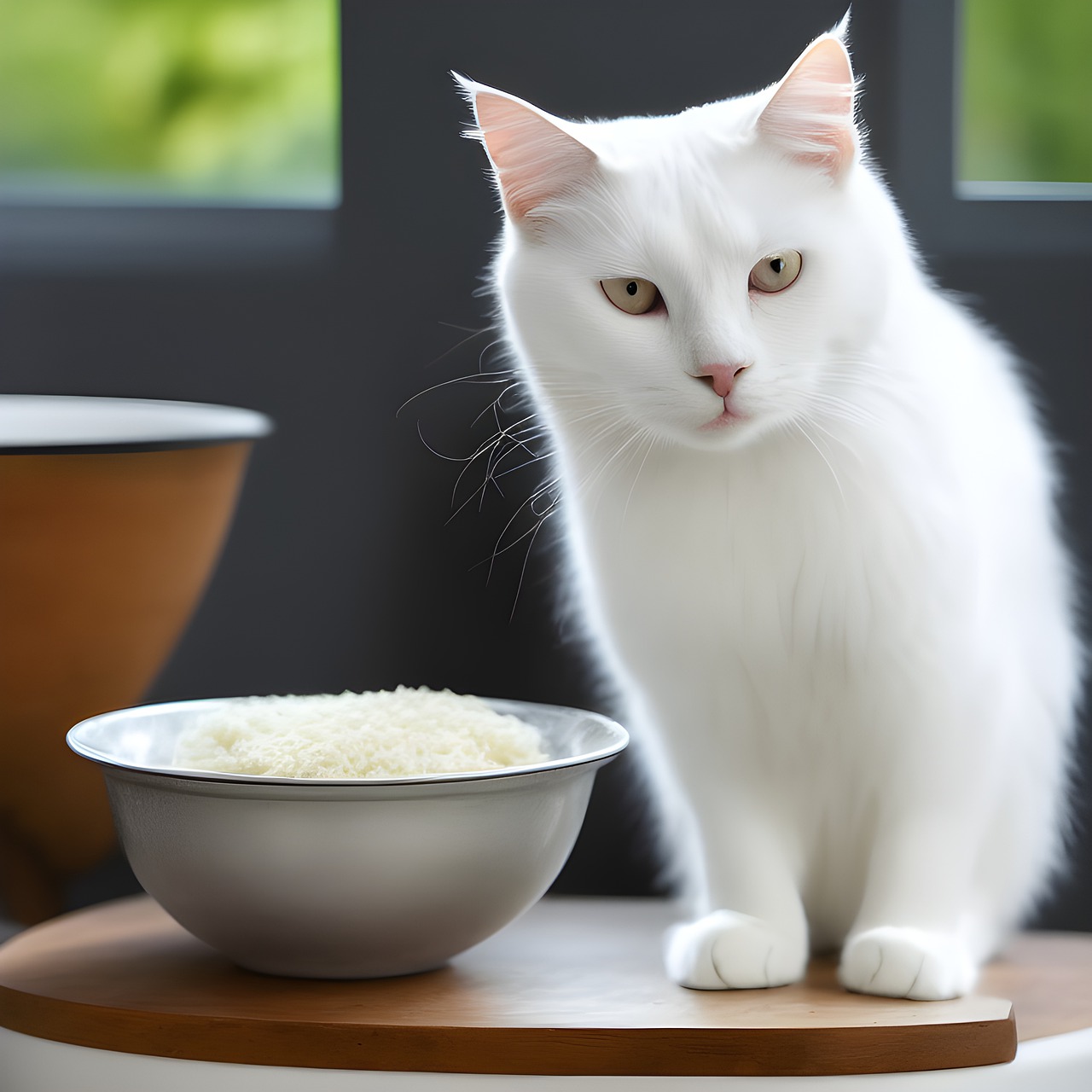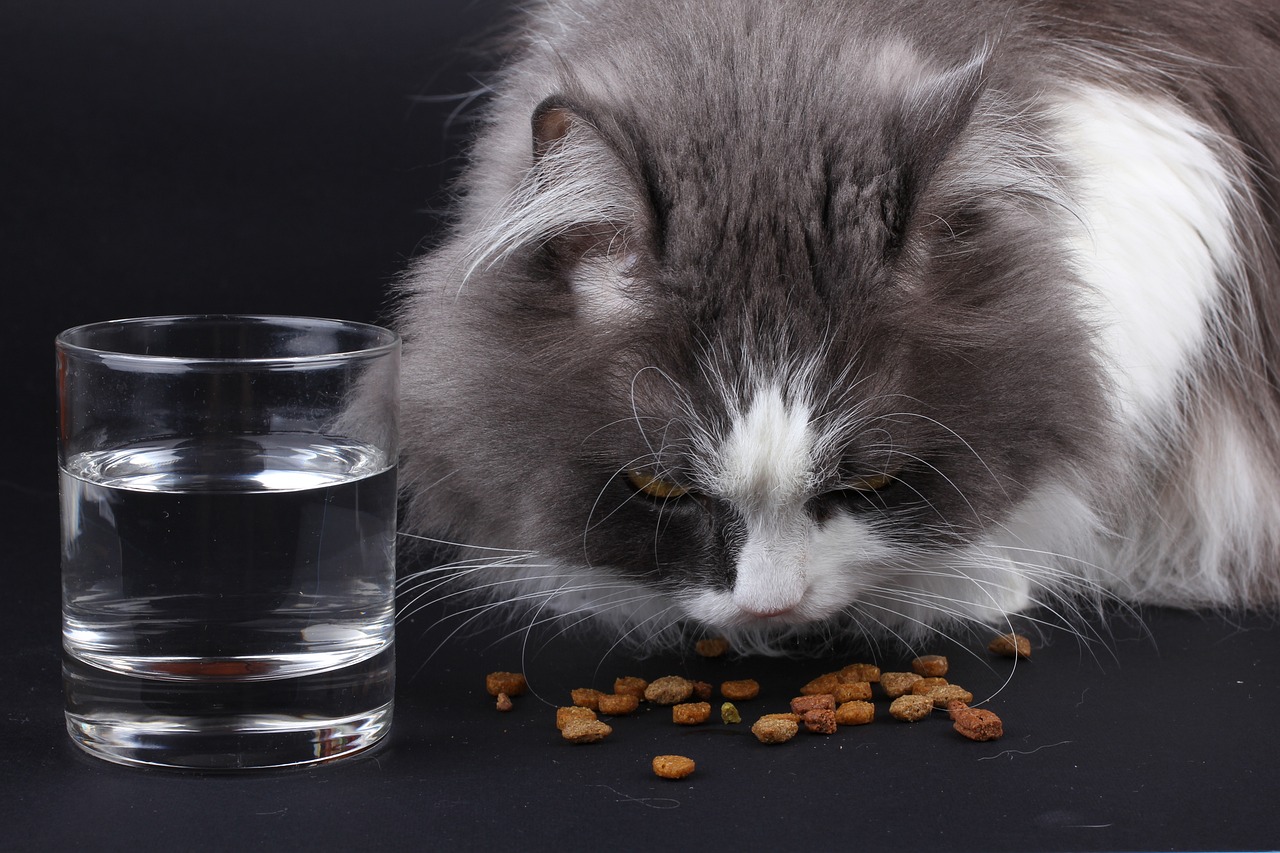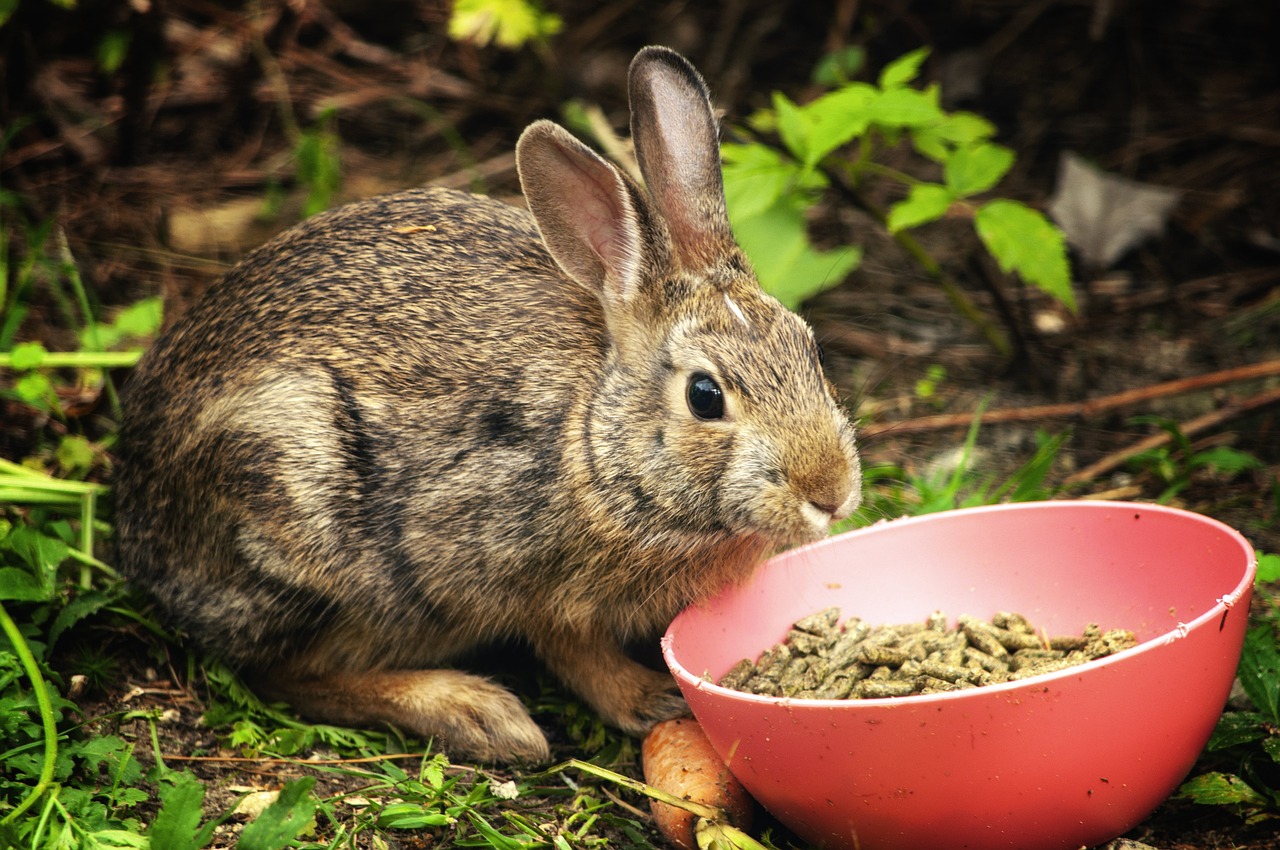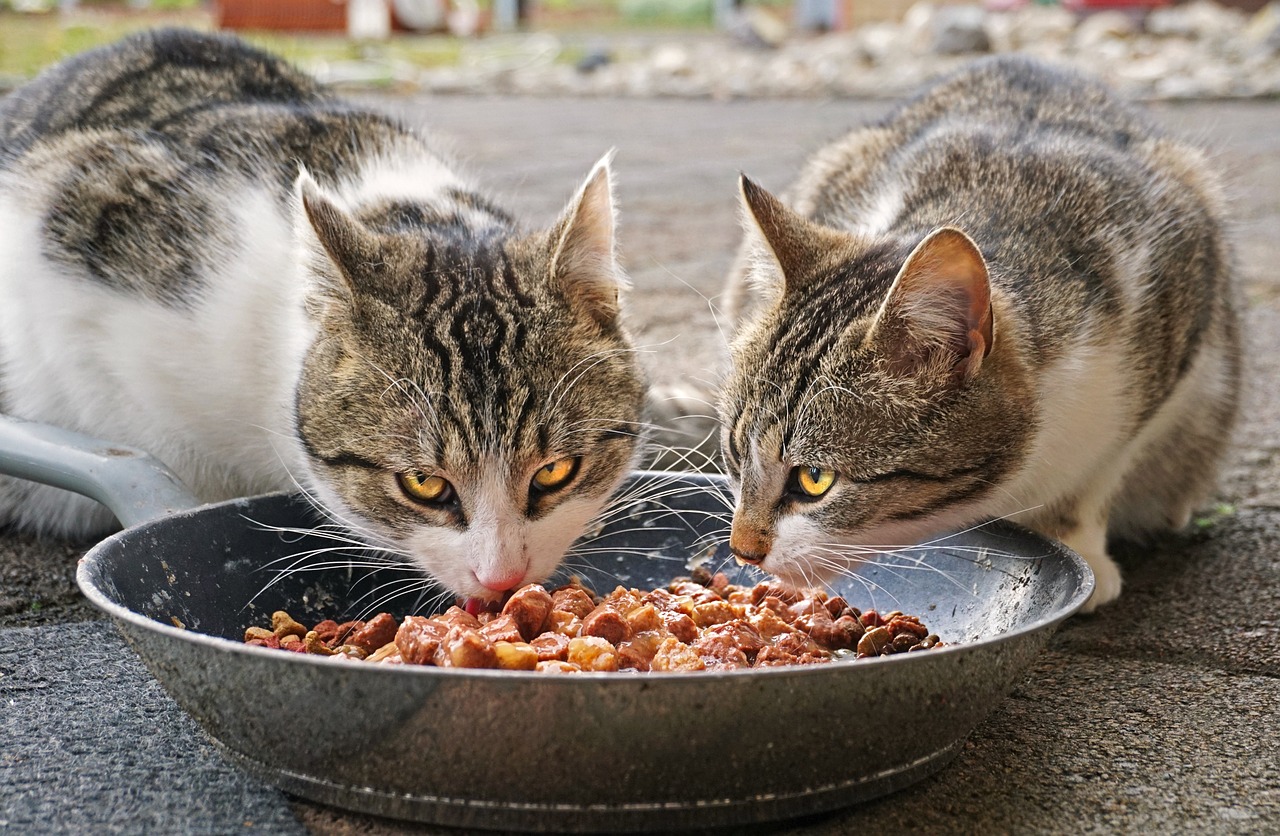Pets are cherished members of our families, and as responsible pet owners, we want to ensure their health and well-being. One crucial decision we make is choosing the right pet food, and one of the most debated topics in the pet food industry is the choice between raw and kibble pet food. In this article, we will explore the pros and cons of both options, helping you make an informed decision for your beloved furry friends.
Understanding Raw Pet Food
What is raw pet food?
Raw pet food consists of unprocessed and uncooked ingredients. It typically includes raw meat, bones, organs, and vegetables. This diet aims to mimic what a dog or cat might eat in the wild.
Pros of feeding raw pet food
- Improved nutrition: Raw food proponents argue that it provides a more natural and nutrient-dense diet for pets.
- Health benefits: Some pet owners report shinier coats, healthier teeth, and increased energy in their pets.
- Control over ingredients: You know exactly what your pet is eating.
Cons of feeding raw pet food
- Safety concerns: Raw food can carry the risk of bacterial contamination if not handled properly.
- Nutritional balance: Achieving the right nutritional balance can be challenging.
- Cost: Raw diets can be more expensive than kibble.
Exploring Kibble Pet Food
What is kibble pet food?
Kibble, also known as dry pet food, is processed and cooked at high temperatures. It typically comes in the form of small, dry pellets or biscuits.
Advantages of feeding kibble pet food
- Convenience: Kibble is easy to store and serve.
- Long shelf life: It can be stored for an extended period without spoiling.
- Economical: Kibble is often more budget-friendly.
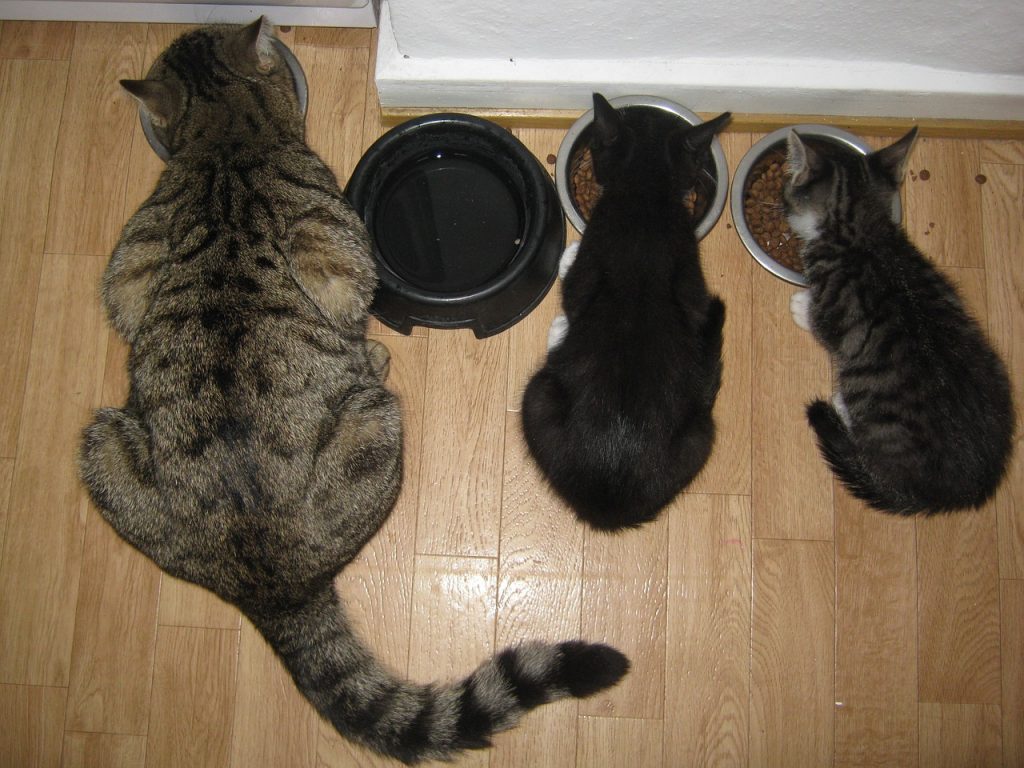
Disadvantages of feeding kibble pet food
- Processing and additives: Some argue that the processing and additives in kibble may not be ideal for pet health.
- Lower moisture content: Kibble may not provide sufficient hydration.
Comparing Raw and Kibble Pet Food
Nutritional aspects: Which is better?
The debate over which is better, raw or kibble, rages on. It depends on the specific needs of your pet. While raw food enthusiasts emphasize the natural aspect of raw diets, kibble manufacturers often create nutritionally balanced products.
Convenience and cost considerations
Kibble is undoubtedly more convenient, but raw diets offer an opportunity for a more personalized approach. The cost of feeding raw can be higher, but the long-term health benefits could outweigh the expenses.
Pet preferences and dietary needs
Some pets may have allergies or sensitivities that make one type of food more suitable than the other. Observing your pet’s response to different diets is crucial.
Safety Concerns
Raw food safety measures
When opting for a raw diet, it’s essential to follow strict food safety guidelines. Handling raw meat correctly and preventing bacterial contamination is paramount.
Kibble food safety measures
Kibble food can also pose safety risks, particularly if not stored properly. Always seal the bag tightly and store it in a cool, dry place.
Pet Health and Wellness
Raw food impact on pet health
Proponents argue that a raw diet can lead to healthier skin, coat, and overall vitality in pets. However, it may not be suitable for every pet.
Kibble food impact on pet health
Kibble manufacturers invest in research to create nutritionally balanced products. Kibble is generally accepted as a safe and convenient option for most pets.
Environmental Impact
Sustainability of raw pet food
The production of raw pet food can have a significant environmental impact due to meat sourcing and packaging. Some brands are trying to address this concern.
Sustainability of kibble pet food
Kibble production can also have sustainability issues due to the resources required to manufacture and package it. Some brands are working on more eco-friendly options.
What Veterinarians Recommend
Professional advice is invaluable when deciding on pet food. Consult your veterinarian to discuss your pet’s specific needs and dietary requirements.
Making the Right Choice
Factors to consider when choosing pet food
Consider your pet’s age, breed, activity level, and any health issues when choosing the right food. Seek professional advice if you’re uncertain.
Transitioning to a New Diet
How to transition from kibble to raw or vice versa
If you decide to change your pet’s diet, make the transition gradually to prevent digestive upset. Slowly mix the new food with the old one, increasing the ratio over time.
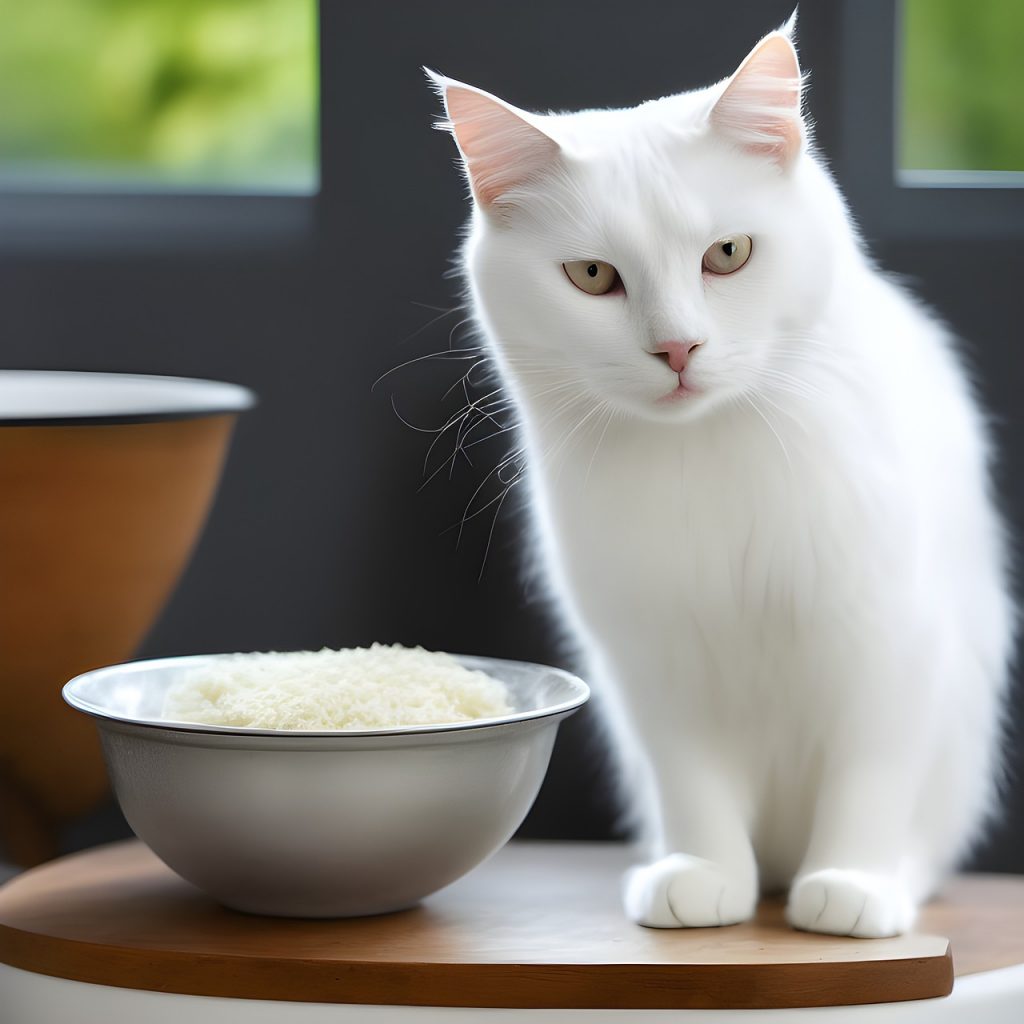
Case Studies and Testimonials
Real-life experiences from pet owners can offer valuable insights into the benefits and challenges of raw and kibble diets. Hearing from others who have made the switch can provide guidance.
Conclusion
Ultimately, the choice between raw and kibble pet food depends on your pet’s specific needs and your preferences as a pet owner. Both options have their advantages and disadvantages, so it’s essential to weigh them carefully and consult with your veterinarian for guidance.
Frequently Asked Questions (FAQs)
- Is raw pet food suitable for all pets?
- Raw pet food may not be suitable for all pets. It’s essential to consult with your veterinarian to determine if it’s the right choice for your specific pet.
- Can I switch between raw and kibble pet food for my pet?
- Yes, you can switch between raw and kibble pet food, but it should be done gradually to avoid digestive issues. Consult your veterinarian for guidance.
- Which option is more cost-effective in the long run?
- Kibble is generally more cost-effective, but the long-term health benefits of raw food may outweigh the higher initial cost.
- Are there any specific safety measures to follow when feeding raw pet food?
- Yes, you should follow strict food safety guidelines when feeding raw pet food. This includes proper handling and storage to prevent bacterial contamination.
- How can I tell if my pet has allergies or sensitivities to their food?
- If your pet shows signs of allergies or sensitivities, such as itching, digestive issues, or skin problems, consult your veterinarian to determine if a dietary change is necessary.
